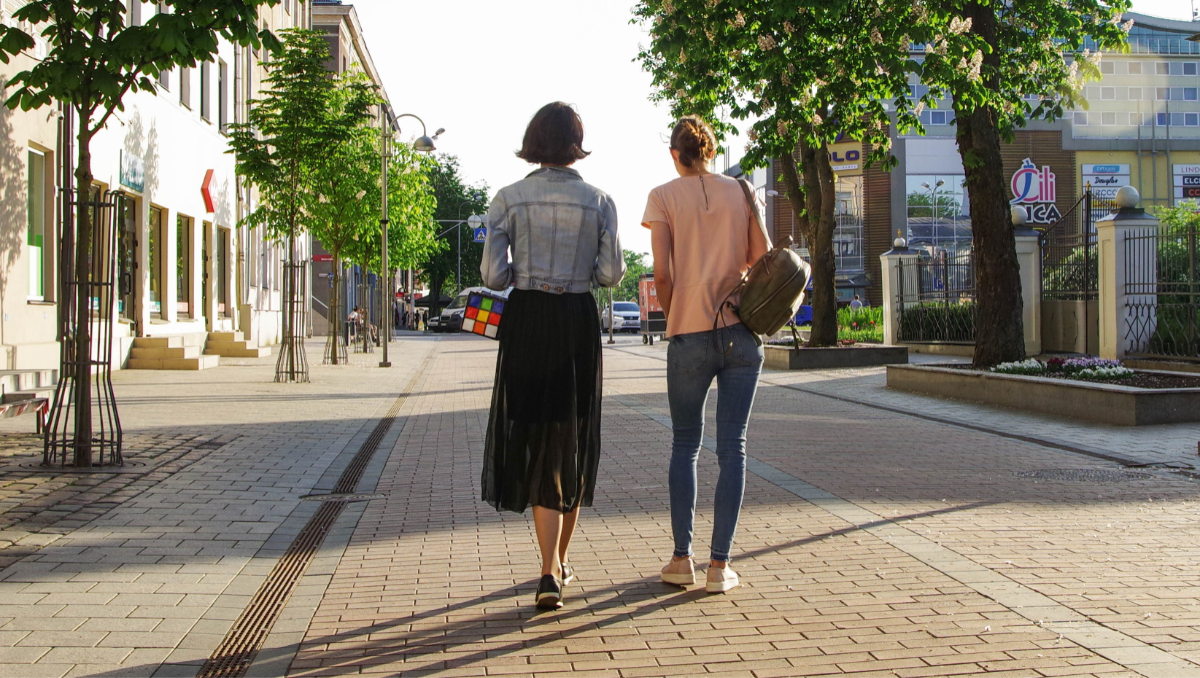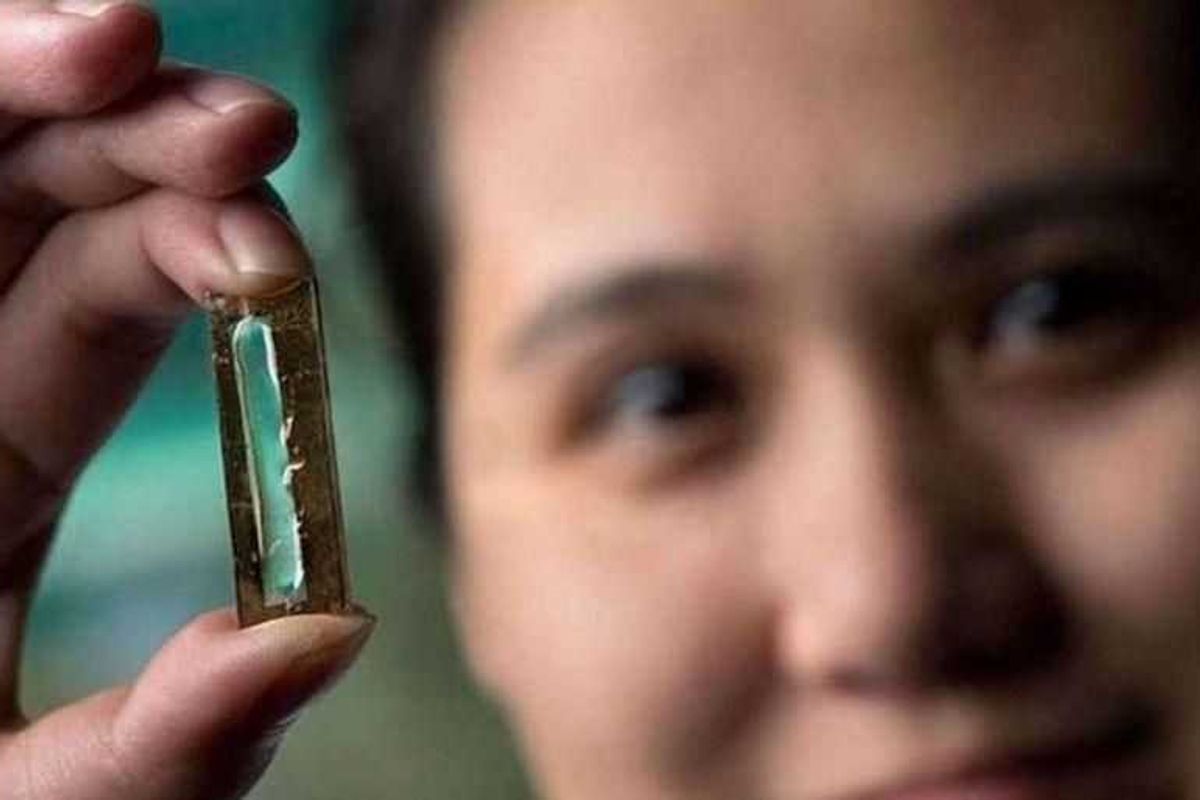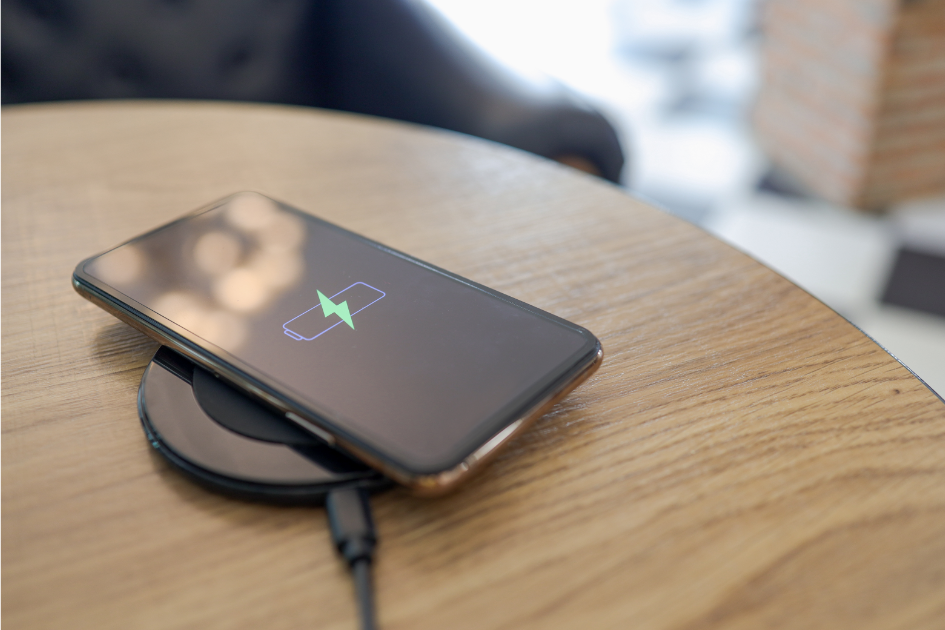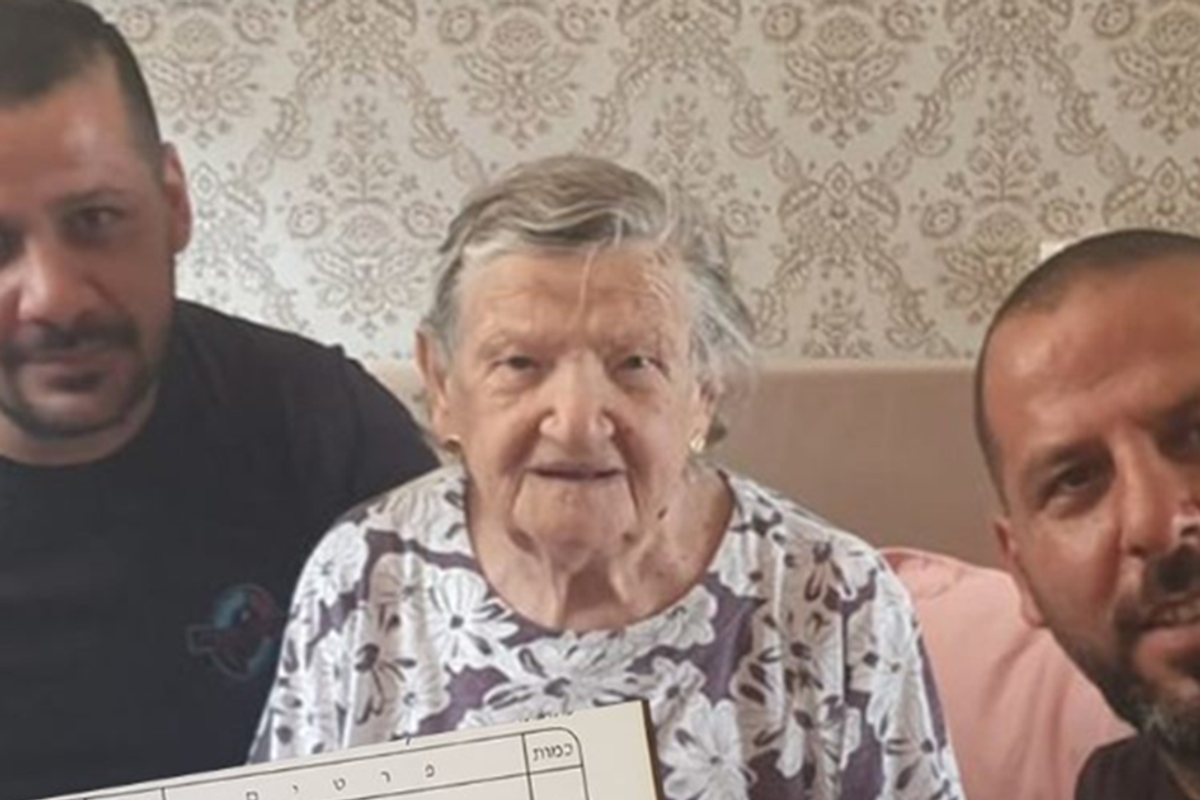The Rock smashes myths about depression in an emotional interview for Oprah.
"Hey, it's going to be OK. ... It'll be OK."
Before Dwayne "The Rock" Johnson began taking down opponents in the the ring as a wrestler, he fought a very different battle behind closed doors.
Photo by Frazer Harrison/Getty Images.
Decades ago, after being dealt significant career setbacks as an athlete, Johnson found himself battling depression.
During an episode of "Oprah's Master Class," the 43-year-old wrestler-turned-Hollywood-heavyweight opened up about his own mental health history.
Photo by Frazer Harrison/Getty Images.
When he was 23 years old, Johnson was living in his parents' small apartment. He'd just been cut from the Canadian Football League and passed over by the NFL.
At a crossroads and feeling like a failure, Johnson's mental health suffered.
The one thing he wish he understood about depression while he was struggling with it?
GIFs via "Oprah's Master Class."
"I found that, with depression, one of the most important things you can realize is that you're not alone," Johnson said.
"You're not the first to go through it, you're not going to be the last to go through it. And oftentimes — it happens — you feel like you're alone. And you feel like it's only you. And you're in your bubble. And I wish I'd had someone at that time who could just pull me aside and say, 'Hey, it's going to be OK. ... It'll be OK.'"
Known for his big muscles and even bigger personality, Johnson may not seem like the type of person who'd struggled with depression.
But that's because there are a lot of misconceptions about what the disease looks like.
See this girl, all sad and lonely in bed? Sure, depression can look like this. But it doesn't have to. Photo via iStock.
If you're depressed, you must appear depressed, right? You should be moping around, dressed in all black, with a moving patch of gray clouds above your head (isn't that in a commercial I saw?).
Not exactly.
Last year, psychologist Rita Labeaune wrote in Pyschology Today about "smiling depression" — the type of deceptive depression that isn't so obvious.
"Not everyone experiences depression in the same way," she wrote. "Some might not even realize that they are depressed, especially if they seem like they're managing their day-to-day life. It doesn't seem possible that someone can be smiling, chipper, functioning, and at the same time, depressed."
That's why we should never assume that someone — even someone with a larger-than-life persona, like Johnson — isn't dealing with mental health issues beneath the surface.
Fortunately for Johnson, with determination and support from loved ones, things turned around.
Johnson ended up passing on another opportunity to return to the Canadian Football League — "My gut tells me I'm done," he remembers feeling at the time — because he was ready for something new.
That's when he decided to pursue wrestling — a move that ultimately benefited his mental health.
At first, his father wasn't supportive, saying Johnson's decision to put his football career behind him was "throwing it all away."
"I said, 'Maybe I'll be no good,'" Johnson recalled. "'But I feel like, in my heart, I have to do this.'"
Johnson's father ended up wholeheartedly supporting his son's career change, and — as evidenced by Johnson's impressive wrestling resume (not to mention his acting one) — the rest is history.
But, as Johnson's emotional video for "Oprah's Master Class" shows, it's still a tough discussion topic for the actor.
Bravo to Johnson for sharing a personal and difficult part of his life with us (because he certainly didn't have to).
For the many people struggling with depression, who could use some reminding that, no, you are not alone, it makes a big difference.
Watch Johnson on "Oprah's Master Class" below:
Need help? Learn more about depression and the various resources available for anyone who needs them here.



 TikTok · Ale
TikTok · Ale
 Women walking down a street.Image via Canva Photos.
Women walking down a street.Image via Canva Photos.  Woman aware of her surroundings in a parking garage. Image via Canva Photos.
Woman aware of her surroundings in a parking garage. Image via Canva Photos.


 Phone charging.
Phone charging. bill nye chemistry GIF by NETFLIX
bill nye chemistry GIF by NETFLIX 
 The Memorial to the Murdered Jews of EuropeBy Alexander Blum - Own work, CC BY-SA 4.0
The Memorial to the Murdered Jews of EuropeBy Alexander Blum - Own work, CC BY-SA 4.0 Move over, Mario Brothers.
Move over, Mario Brothers. 